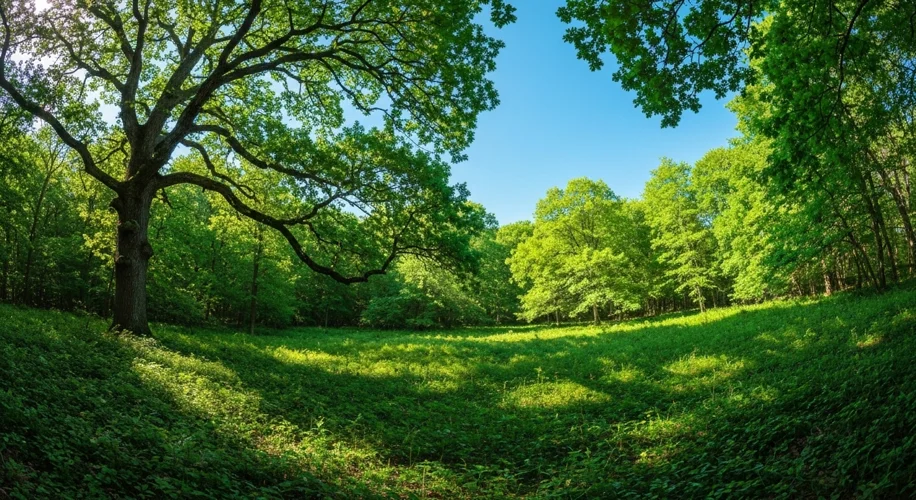As someone who studies our atmosphere, I often think about the big picture – the complex dance of our planet’s systems. But lately, I’ve been thinking more about how these shifts directly touch our lives, particularly our health. It’s easy to see climate change as an environmental issue, but did you know it’s also a human health issue?
Let’s talk about how environmental changes are impacting our well-being, from the tiny bugs that make us sick to the bigger feelings we have about our planet.
When the Weather Changes, So Does Disease Spread
Warmer temperatures and changing rainfall patterns are creating new playgrounds for certain disease-carrying insects. Think about mosquitoes and ticks. As their habitats expand and their breeding seasons lengthen, diseases they carry, like West Nile virus or Lyme disease, can spread into new areas or become more prevalent.
For example, a study published in The Lancet Planetary Health noted that for every degree Celsius increase in global average temperature, the geographic range for Lyme disease-carrying ticks could expand significantly in North America and Europe. This means more people could be exposed to these tick-borne illnesses. It’s a direct link: a hotter planet can mean more vectors for disease.
Extreme Weather and Health Disparities
We’re also seeing more frequent and intense extreme weather events – heatwaves, floods, wildfires. These events don’t just cause immediate physical harm; they also expose and worsen existing health disparities. Communities with fewer resources often live in areas more vulnerable to flooding or extreme heat, and they may have less access to quality healthcare, making recovery harder.
During a heatwave, for instance, neighborhoods with less green space and more concrete (often historically underserved communities) can become urban heat islands, trapping heat and leading to higher rates of heatstroke and respiratory problems. This is why I’m so passionate about understanding the urban heat island effect – it’s a clear example of how environmental factors can exacerbate social inequalities.
The Psychological Toll: Climate Anxiety is Real
Beyond the physical, there’s the mental and emotional impact. Many people, especially younger generations, are experiencing what’s called ‘climate anxiety’ or ‘eco-anxiety.’ This is a feeling of worry, dread, or helplessness about the future of the planet and the consequences of climate change.
It’s understandable. We’re bombarded with news about melting ice caps, rising sea levels, and extreme weather events. This constant awareness can be emotionally draining. Recognizing these feelings is the first step. It’s okay to feel overwhelmed, and it’s important to find ways to cope, whether through community action, spending time in nature, or seeking support.
What Can We Do?
Understanding these connections is crucial for building healthier, more resilient communities. This means supporting policies that address climate change, investing in public health infrastructure, and ensuring that vulnerable populations are protected. It also means fostering open conversations about how these changes affect us all, mentally and physically.
We’re learning alongside each other on this journey, and by staying informed and engaged, we can work towards a future where both our planet and our well-being can thrive.

